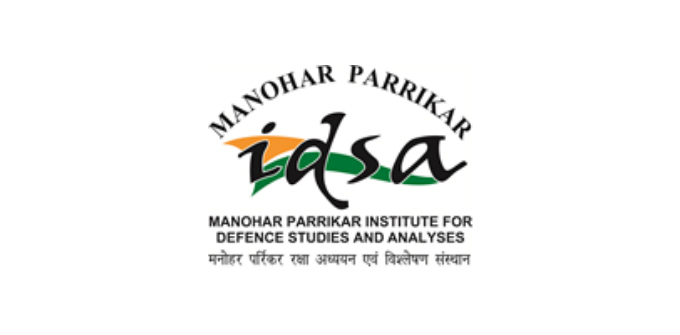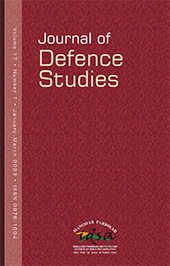Customised Defence Agreements: Foundation for a Strong Indo-US Defence Partnership
The defence cooperation between India and the United States has been deepening. This is largely attributed to the signing of four key agreements, namely the General Security of Military Information Agreement (GSOMIA), the Logistics Exchange Memorandum of Agreement (LEMOA), the Communications Compatibility and Security Agreement (COMCASA), and the Basic Exchange and Cooperation Agreement (BECA). Prior to these agreements, arms trade and technology transfers were virtually impossible, as the US Congress had blocked them. Before these deals were inked, India’s major procurements from the US were confined to non-lethal systems, like transport aircraft, heavy lifter helicopters, and maritime patrol aircraft. With the basic agreements in place, there is an increased scope for the US to not only transfer advanced systems and technology to India but also to jointly produce them in India. From the point of view of Washington, this is a major shift, given that earlier not only had US denied its own weapons and advanced technology transfer to India but it also prevented other countries from providing even civilian technology. The belief then was that India could use these technology transfers for its missile development programme, which could possibly prove detrimental to the US’ national interests. Cut to present, there has been a considerable degree of convergence in terms of security interests, and the above-mentioned agreements are well placed to achieve those objectives.- Joshy M. Paul |
- January-March 2025 |
- Journal of Defence Studies






